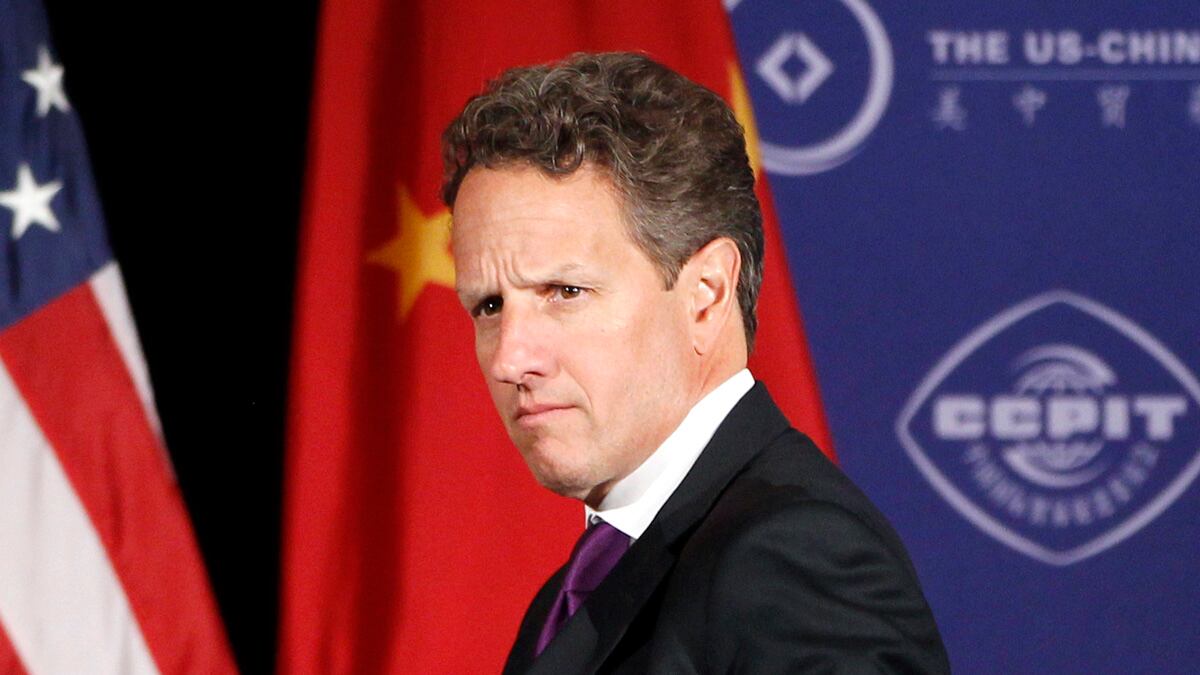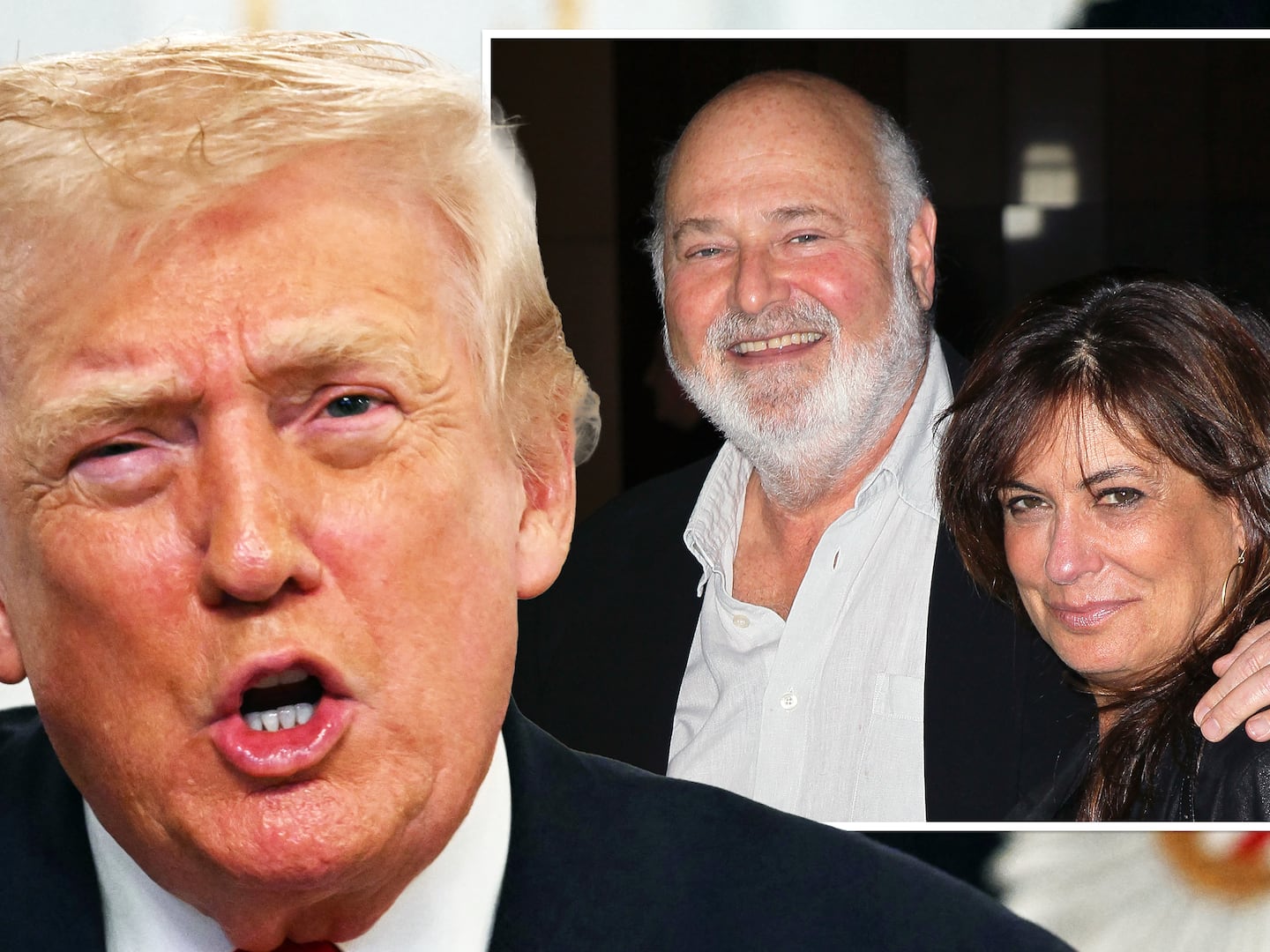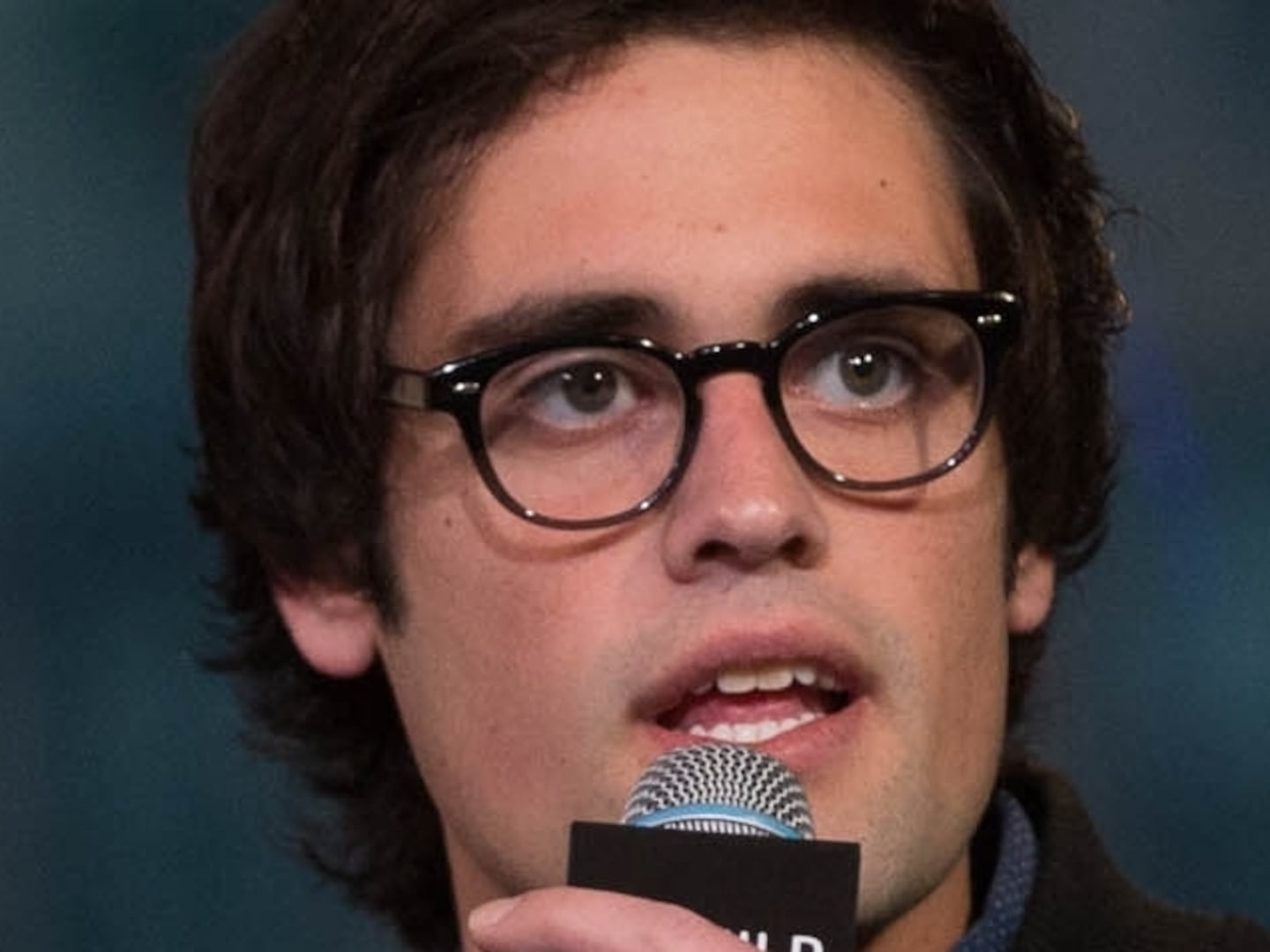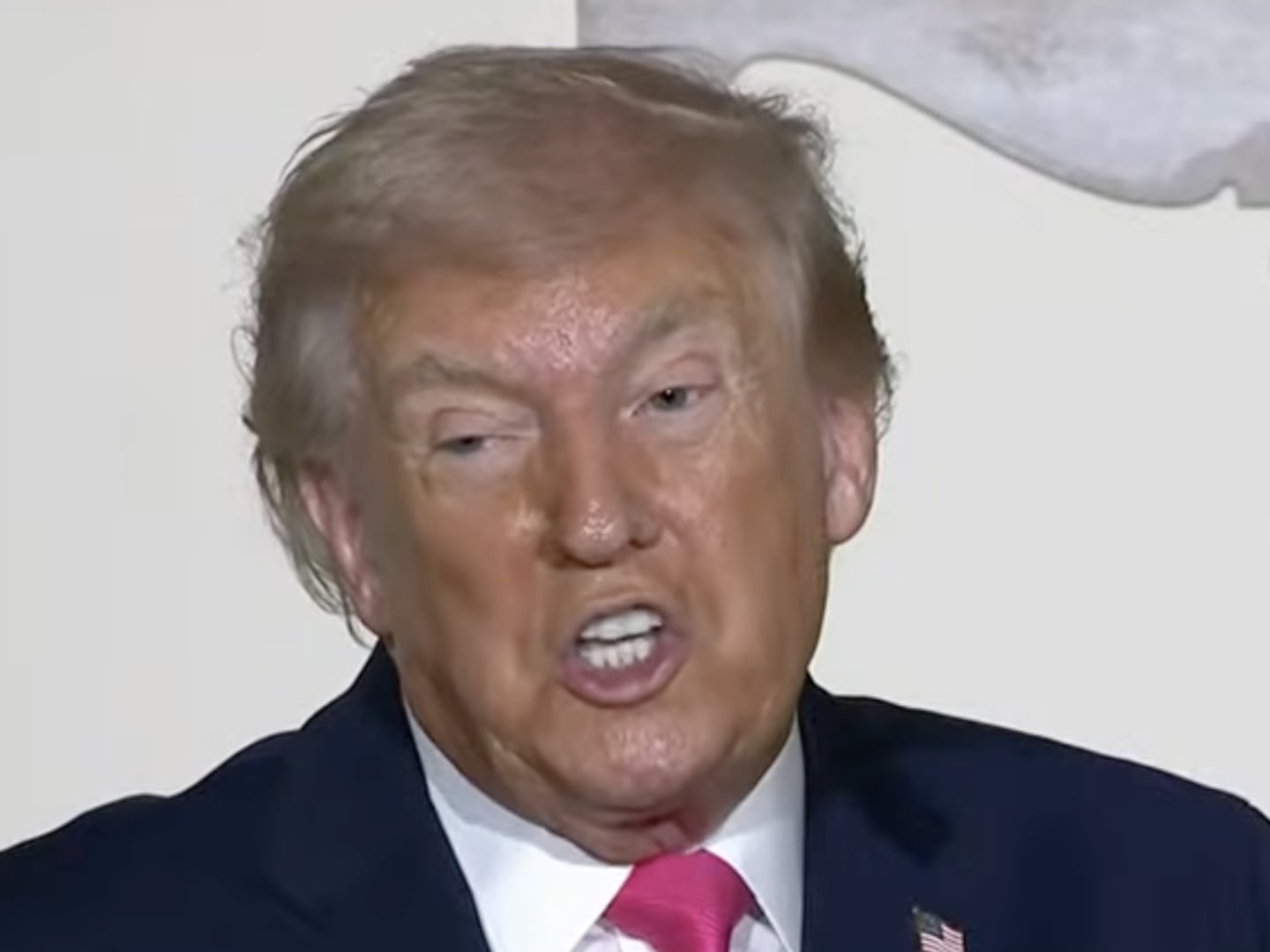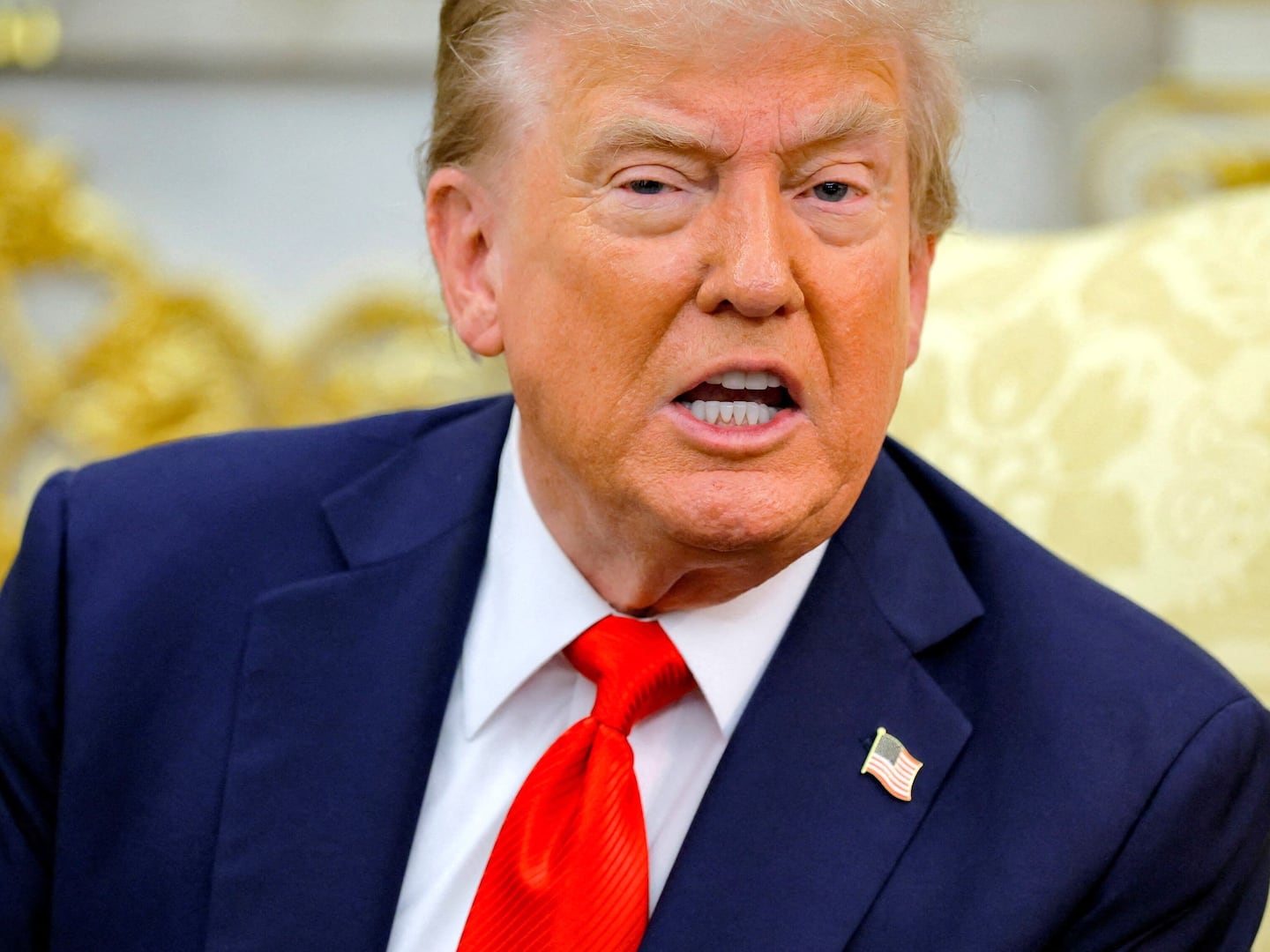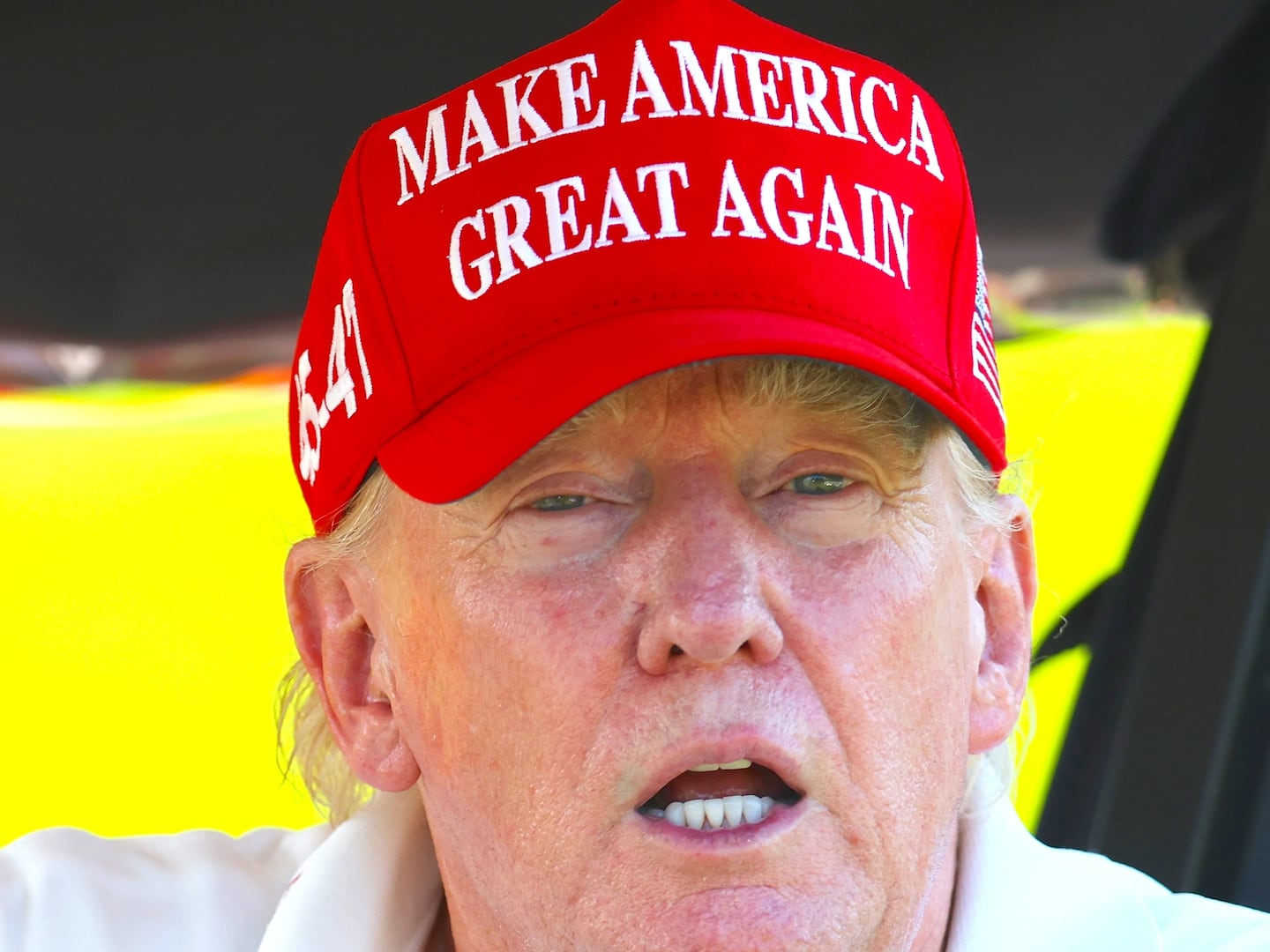What did Timothy Geithner know and when did he know it? And, perhaps more important, what did he do about it?
These questions are swirling around the capital and financial markets after it was revealed that the New York Fed, like its counterparts in the Bank of England, had heard about possible manipulation of LIBOR as early as 2007.

LIBOR, the London Interbank Offered Rate, is an interest rate calculated daily that serves as a benchmark for pricing of trillions of dollars of financial products, from mortgages and student loans to complex derivatives.
The British bank, Barclays, paid more than $450 million in fines to British and American regulators in a settlement in which they admitted to attempting to manipulate the rate in order to make certain derivative trades more profitable and, during the financial crisis, make the bank seem healthier than it was.
According to a statement released Tuesday, the Federal Reserve Branch of New York “received occasional anecdotal reports from Barclays of problems with Libor” during the financial crisis in late 2007 and by the spring of 2008, investigated the matter further with Barclays and then “subsequently shared analysis and suggestions for reform of Libor with the relevant authorities in the U.K.” The statement was released in response to information from Barclays showing contacts were made with the Federal Reserve throughout the financial crisis where the banks claims to have communicated with the Fed between August 2007 and October 2008 about problems with the setting of LIBOR. Randy Neugebauer, a Republican on the House Financial Services Committee, requested that the Federal Reserve release transcripts relating to all conversations with Barclays about LIBOR from that period.
Treasury Secretary Timothy Geithner was then head of the New York Fed, and as the official with primary responsibility for New York’s banks, was a leading figure in designing and implementing Federal Reserve operations aimed at preventing the global financial crisis from sinking the nation’s financial system.
Although we do not yet know exactly what Barclays told Geithner about possible rate-rigging by other banks—Congress is sure to ask soon—it is clear that had he known rates were being deliberately rigged, he had at least two options open to him in order to prevent LIBOR falsification.
Michael Greenberger, a former commissioner of the Commodity Futures Trading Commission, told The Daily Beast that the New York Fed could have either “jawboned” the banks or referred the matter to the Justice Department and CFTC, which could then investigate and prosecute the banks.
The latter option would have meant Geither going to Fed Chairman Ben Bernanke, who would then pass on evidence of LIBOR manipulation to the President’s Working Group on Financial Markets. The Working Group, chaired by the secretary of the treasury and including the heads of the Federal Reserve Board, Securities and Exchange Commission, and CFTC, was created following the 1987 stock market crash to facilitate communication among different financial-market regulators.
Had Geithner wanted to pursue an investigation and prosecution, he would have had to go outside the Fed and work with the Department of Justice. Greenberger said neither the Fed nor the Justice Department would have been unable to pursue an investigation and enforcement actions against rate-rigging banks on its own, and they would have needed to partner with the CFTC: “Without the expertise of the CFTC the Justice Department is blind,” he said.
The other option Geithner could have pursued had he seen convincing evidence that LIBOR submissions were being falsified is “jawboning.” This means the New York Fed simply telling banks to stop. Although this sounds weak compared with investigation and prosecution, Greenberger argued that the Fed would have had more than enough influence to impose its will on the falsifying banks. After all, the New York Fed throughout 2008 was arranging the rescue of many of these banks, in addition to being their principal regulator.
Although American lawmakers are now turning their attention to the New York Fed’s actions in 2007 and 2008, some think attention should primarily focus on the banks that were doing the actual manipulation. Dennis Kelleher, the head of the advocacy group, Better Markets, and a persistent critic of the Federal Reserve and Treasury Department, described the brouhaha surrounding Geithner as a “total third-tier issue.” Kelleher suggested that Geithner’s actions should be looked into “after doing a full investigation of what happened, prosecuting the people who broke the law, and compensating tens of millions of American that were victimized by this interest-rate rigging.” After that, he said, “you can worry about whether or not a regulator did his job at the height of the crisis.”

